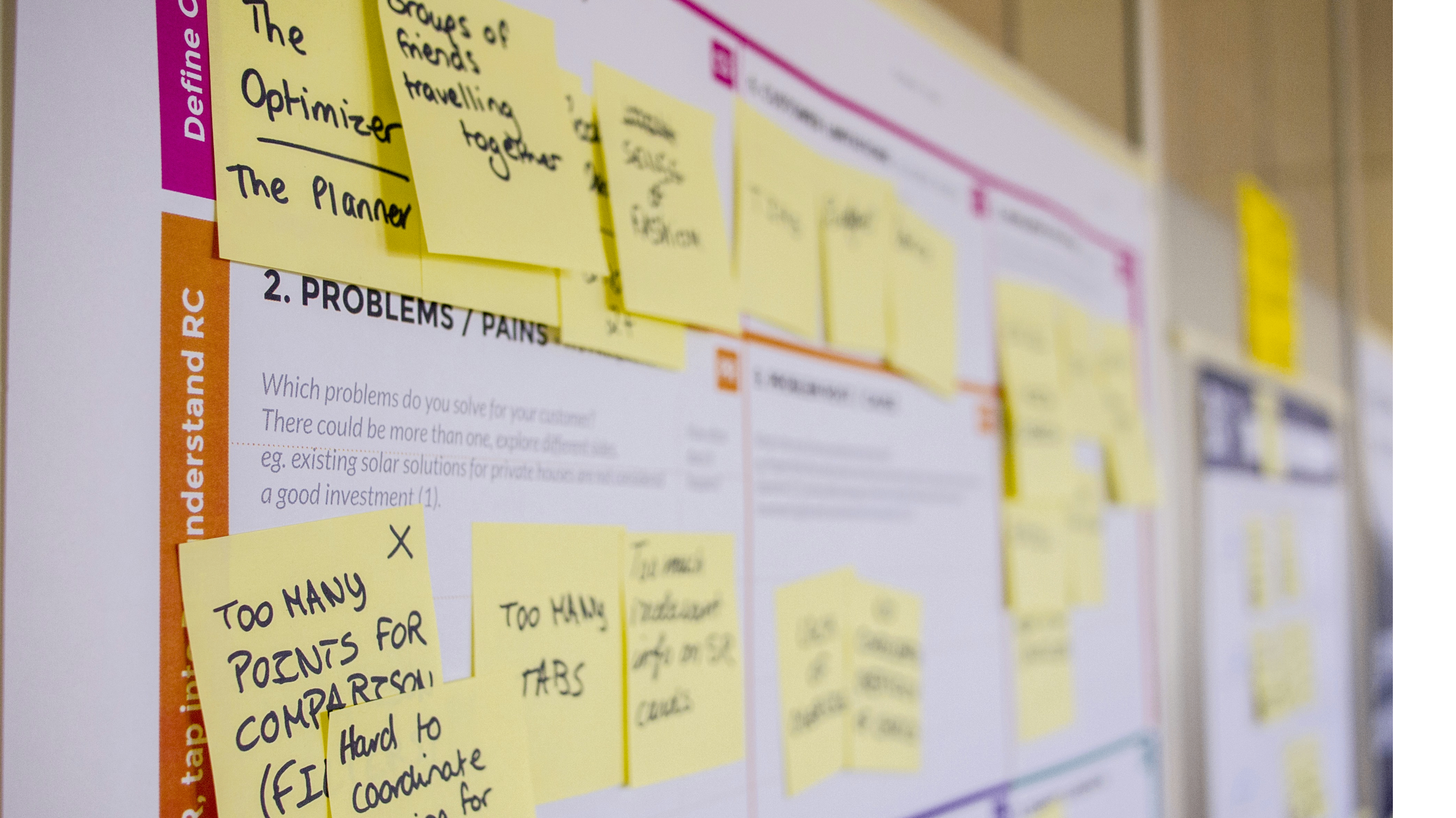Key Takeaways:
- AI mastery is becoming the most valuable skill for business analysts, especially in Agile environments where rapid adaptation and data-driven decisions are vital
- AI tools can automate time-consuming tasks like requirements documentation, data analysis, and sprint planning while providing predictive insights for better project outcomes
- Most organizations have integrated AI into their business functions, making AI literacy necessary for career advancement
- Important AI skills include data fluency, prompt engineering, and the ability to translate technical AI concepts for non-technical stakeholders
- AI augments rather than replaces business analysts, creating opportunities for more strategic and high-value work
AI Is Transforming Business Analysis More Than Any Other Skill
The agile business analysis landscape is experiencing a seismic shift. While traditional skills like stakeholder management and process modeling remain important, artificial intelligence has emerged as the game-changing capability that separates good business analysts from exceptional ones. This transformation is particularly pronounced in agile environments, where the pace of change demands faster insights and more accurate predictions.
Unlike other emerging skills that improve specific aspects of the role, AI fundamentally amplifies every core competency of a business analyst. From requirements gathering to risk assessment, AI tools are reshaping how analysts approach their daily work. Recent industry research shows that most organizations have integrated AI into at least one business function, representing significant growth from previous years.
How AI Improves Your Most Time-Consuming Tasks
The most compelling case for AI mastery lies in its ability to transform the tasks that traditionally consume the majority of an analyst’s time. These automation capabilities free up mental bandwidth for higher-level strategic thinking and stakeholder engagement.
Requirements Elicitation and Documentation
AI-powered tools can automate the repetitive aspects of requirements gathering while ensuring consistency and completeness. Natural language processing algorithms can analyze stakeholder interviews, emails, and meeting transcripts to identify implicit requirements that might otherwise be missed. These tools can also generate initial requirement documents based on similar projects, providing a robust starting point that analysts can refine and customize.
The documentation process becomes significantly more efficient when AI handles formatting, cross-referencing, and version control. Smart templates can adapt to different project types, while AI-powered validation ensures requirements are testable and traceable throughout the development lifecycle.
Data Analysis and Pattern Recognition
Generative AI excels at quickly generating insights from large datasets, uncovering trends that would take human analysts days or weeks to identify manually. These tools can process structured and unstructured data simultaneously, revealing correlations between seemingly unrelated business metrics.
Pattern recognition capabilities extend beyond simple data analysis. AI can identify recurring issues in user feedback, predict seasonal business fluctuations, and even detect anomalies that might indicate process breakdowns or emerging opportunities. This rapid insight generation enables faster, more informed business decisions that keep Agile teams moving at optimal velocity.
Sprint Planning and Backlog Insights
Modern AI tools optimize backlog management by analyzing historical sprint data to predict story point accuracy and identify potential bottlenecks before they impact delivery timelines. These systems can recommend optimal story prioritization based on business value, technical dependencies, and team capacity.
Predictive analytics for project velocity helps teams set realistic sprint goals while identifying stories that might require additional refinement or carry higher risk. AI can also simulate different sprint scenarios, helping teams understand the downstream impact of prioritization decisions.
Why Agile Environments Benefit From AI-Enabled Analysts
Agile methodologies thrive on rapid adaptation and continuous improvement—exactly the capabilities that AI amplifies for business analysts. The combination creates a powerful synergy that improves both the speed and quality of decision-making.
AI-Powered Insights Support Better Decision Making
AI systems deliver immediate feedback on market changes and user behavior shifts, enabling truly agile decision-making. Instead of waiting for quarterly reports or manual analysis cycles, teams can access real-time insights that inform daily standups and sprint reviews.
This immediate access to actionable intelligence helps product owners make more informed backlog prioritization decisions. AI can analyze user engagement patterns, support ticket trends, and market signals to recommend which features will deliver the highest business value in the next sprint cycle.
Predictive Analytics for Project Velocity
AI can analyze vast amounts of historical project data to identify patterns and correlations that predict future team performance. These insights help scrum masters and project managers set more accurate sprint commitments while identifying potential risks before they materialize.
Velocity predictions become more sophisticated when AI considers factors like team composition changes, holiday schedules, technical debt accumulation, and external dependencies. This analysis enables more realistic planning and helps teams avoid the frustration of consistently missed sprint goals.
AI Skills Every Business Analyst Should Develop
Developing AI proficiency requires a strategic approach that builds upon existing analytical foundations. The most valuable skills focus on practical application rather than deep technical implementation.
Data Fluency and Dataset Management
Business analysts must become fluent in the language of data, including how to collect, clean, analyze, and interpret large datasets. AI thrives on quality data, making data preparation and validation critical competencies for AI-enabled analysts.
This fluency extends to understanding data sources, recognizing bias in datasets, and knowing when sample sizes are sufficient for meaningful analysis. Analysts need to develop intuition about data quality issues that could skew AI-generated insights and recommendations.
Prompt Engineering Fundamentals
Prompt engineering represents one of the most immediately practical AI skills for business analysts. The ability to craft effective prompts that generate useful outputs from large language models can dramatically improve productivity across multiple aspects of the role.
Effective prompt engineering involves understanding how to provide context, specify desired output formats, and iterate on prompts to achieve better results. This skill is particularly valuable for generating initial requirement documents, analyzing stakeholder feedback, and creating executive summaries of complex technical information.
AI-Assisted Risk Assessment and Critical Evaluation
Business analysts must develop critical thinking skills to assess the accuracy and reliability of AI-generated results. This includes understanding the limitations of different AI models and knowing when human judgment should override algorithmic recommendations.
Risk assessment capabilities help analysts identify when AI outputs might be biased, incomplete, or based on outdated training data. Developing these evaluation skills ensures that AI becomes a trusted tool rather than a source of additional risk in decision-making processes.
Translating Technical AI Concepts for Stakeholders
AI-enabled business analysts excel at converting complex AI concepts into language that non-technical stakeholders can understand. This translation capability becomes increasingly valuable as AI implementations touch more aspects of business operations.
Stakeholder communication skills must evolve to include explaining AI capabilities, limitations, and potential impacts in business terms. Analysts need to manage expectations about AI implementations while building confidence in AI-driven recommendations and insights.
Most Organisations Are Using or Implementing AI
The widespread adoption of AI across industries makes AI literacy a career-defining skill rather than a nice-to-have competency. Organisations that haven’t yet implemented AI are actively evaluating options, creating demand for analysts who can bridge the gap between business requirements and AI capabilities.
This rapid adoption creates a competitive advantage for AI-skilled analysts in job markets and internal promotions. Teams with AI-enabled analysts consistently outperform those relying solely on traditional analytical approaches, making these skills increasingly valuable to employers seeking to maximize their AI investments.
The trend toward AI integration shows no signs of slowing, with organizations reporting that AI implementations have exceeded expectations in areas like process efficiency and decision-making quality. Business analysts positioned at the forefront of this transformation will have the strongest career prospects and most interesting project opportunities.
AI Augments Core Business Analysis Skills Rather Than Replacing Them
The most important insight about AI in business analysis is that it improves rather than replaces human capabilities. AI excels at processing large amounts of data and identifying patterns, but human analysts provide the contextual understanding and strategic thinking that transforms data into actionable business insights.
Stakeholder management, critical thinking, and business domain knowledge remain uniquely human contributions to the analytical process. AI tools make these skills more powerful by providing analysts with better information and freeing up time for high-value activities like strategic planning and stakeholder relationship building.
The future belongs to analysts who can seamlessly blend AI capabilities with traditional business analysis skills. These professionals will deliver insights faster, identify opportunities that others miss, and provide recommendations backed by thorough data analysis that builds stakeholder confidence.
Master the intersection of AI and agile business analysis with guidance from Elisto, where experienced practitioners help professionals meet the evolving challenges of AI-enhanced business analysis.

